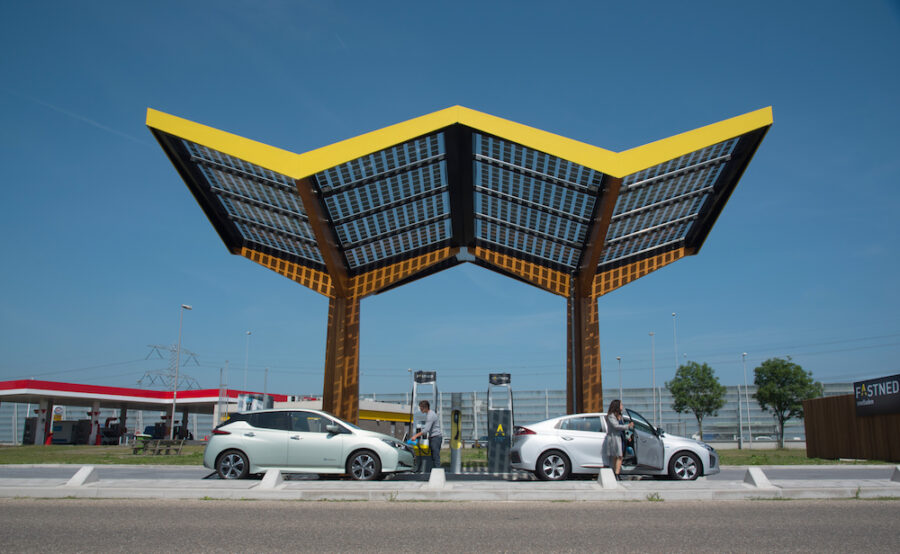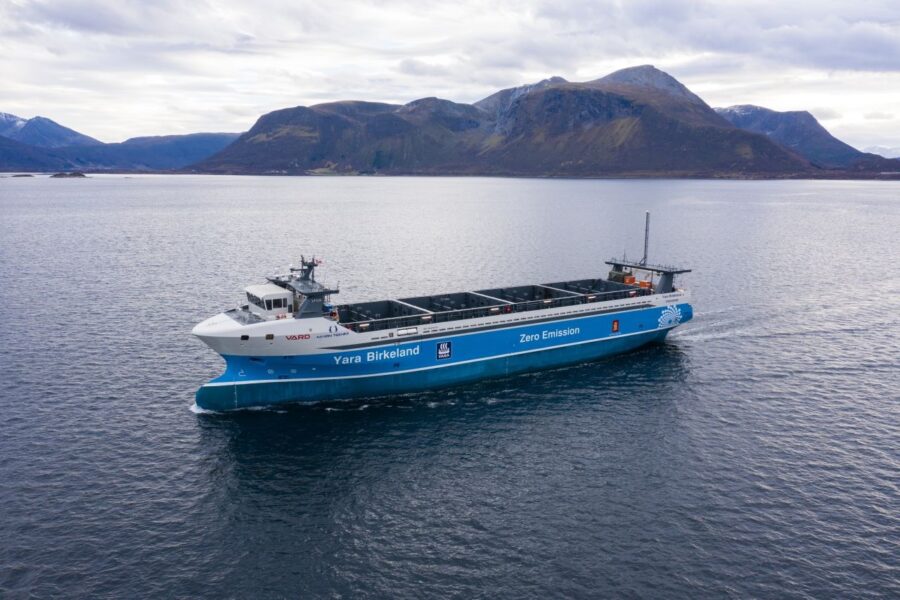
De-extinction
A few weeks ago I wrote an article about the Earth BioGenome project in which I suggest that the idea of the project collecting and sequencing all of life was aimed at working towards being able to ‘de-extinct’ species that may be lost in the coming years.
Well this week the Guardian UK newspaper has run an article specifically about de-extinction, leading with the title Firm Raises $15m to Bring Back Woolly Mammoth from Extinction.
Now headlines don’t tell the whole story as we know, and what the article appears to be saying is that scientists (and I will come back to who) want to create an elephant-mammoth hybrid by making embryos in the laboratory that carry mammoth DNA. The plan is to begin by taking skin cells from Asian elephants and reprogram them into more versatile stem cells that carry mammoth DNA.
This could lead to the hybrids having long hair, larger fat depositis and other characteristics that would allow the animals to live in cold environments, rather like a mammoth.
The article has a subtitle though that makes for even more interesting reading: Reintroducing large animals can help restore ecosystems.
This is actually a link to an article that talks about the introduction of wolves and other non-extinct species into environments that suit their lifestyles, although the scientists proposing to do this with mammoths argue that their introduction may help to restore the degraded arctic tundra habitat and help in fighting global warming.
As we might imagine however none of the above comes without criticism, with other scientists arguing that these environmental claims might be baseless and the problems of producing such a hybrid aminal should not be underestimated (in technological terms).
George Church
Now to come back to the scientists. The money has been raised by bioscience and genetics company Colossal, co-founded by Ben Lamm, a tech and software entrepreneur, and George Church, a professor of genetics at Harvard Medical School who has pioneered new approaches to gene editing. I don’t know much about Lamm, but George Church is a very interesting character. He has been at the forefront of all types of genetic research for many decades, raising plenty of controversy along the way.
He is a pioneer who has pushed scientific boundaries, and I had the pleasure of meeting him and sharing lunch back in 2012. I have to admit I was a bit frightened though. What do you say in such presence? There doesn’t appear to be any box to think out of for him!
This seems like an incredible project to me, to the point that I don’t know what to think. I grew up in the era of the Jurassic park films! Will I one day look out to see a pterodactyl fly past?

